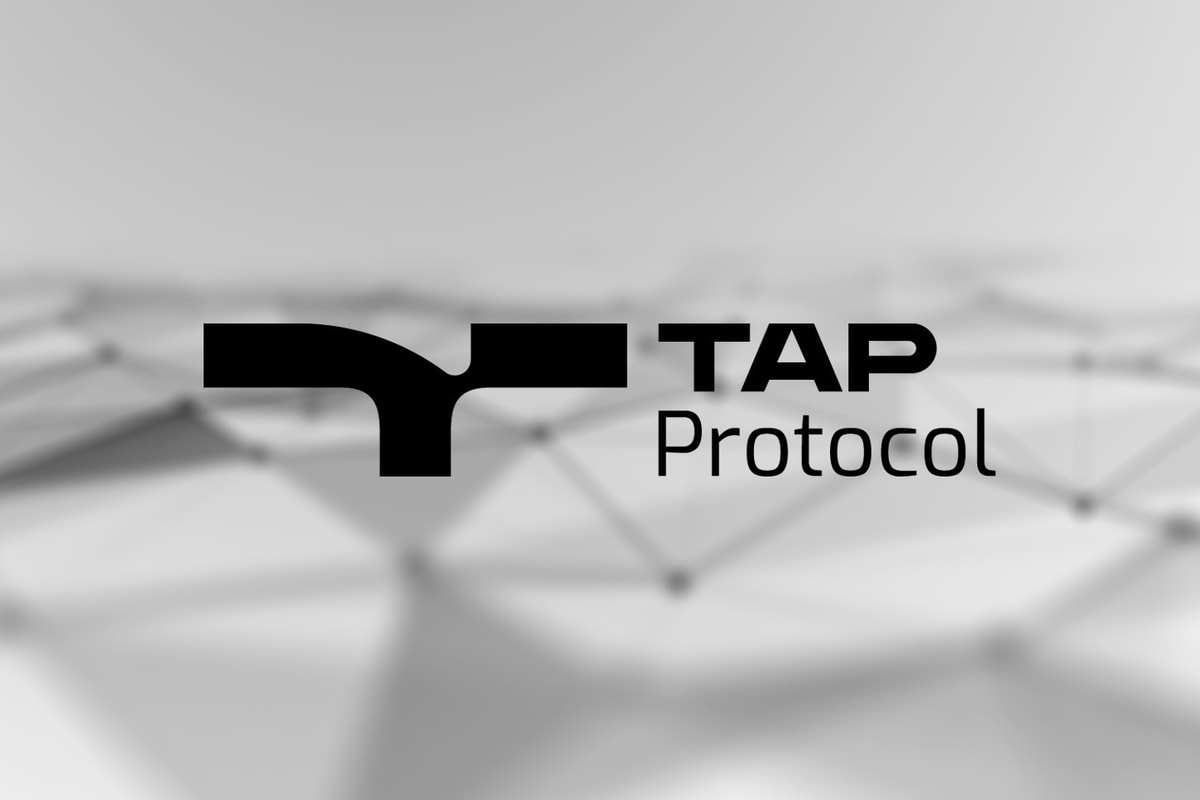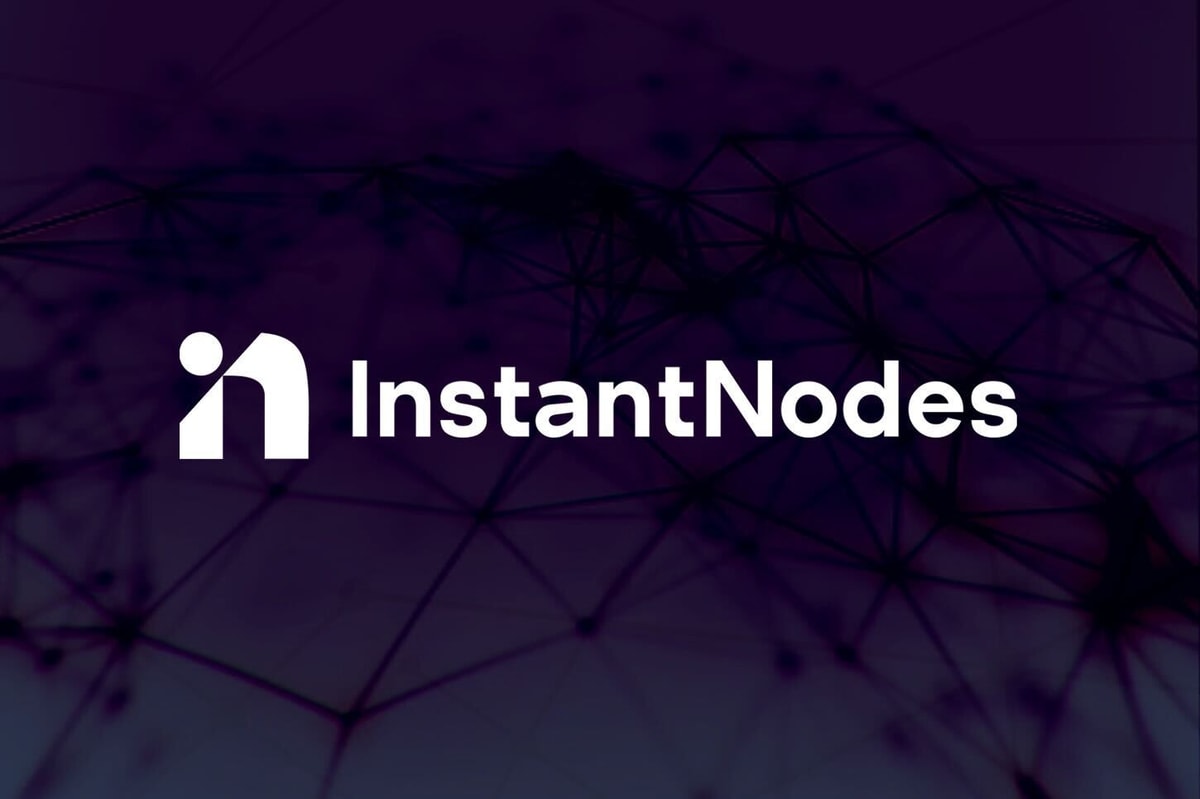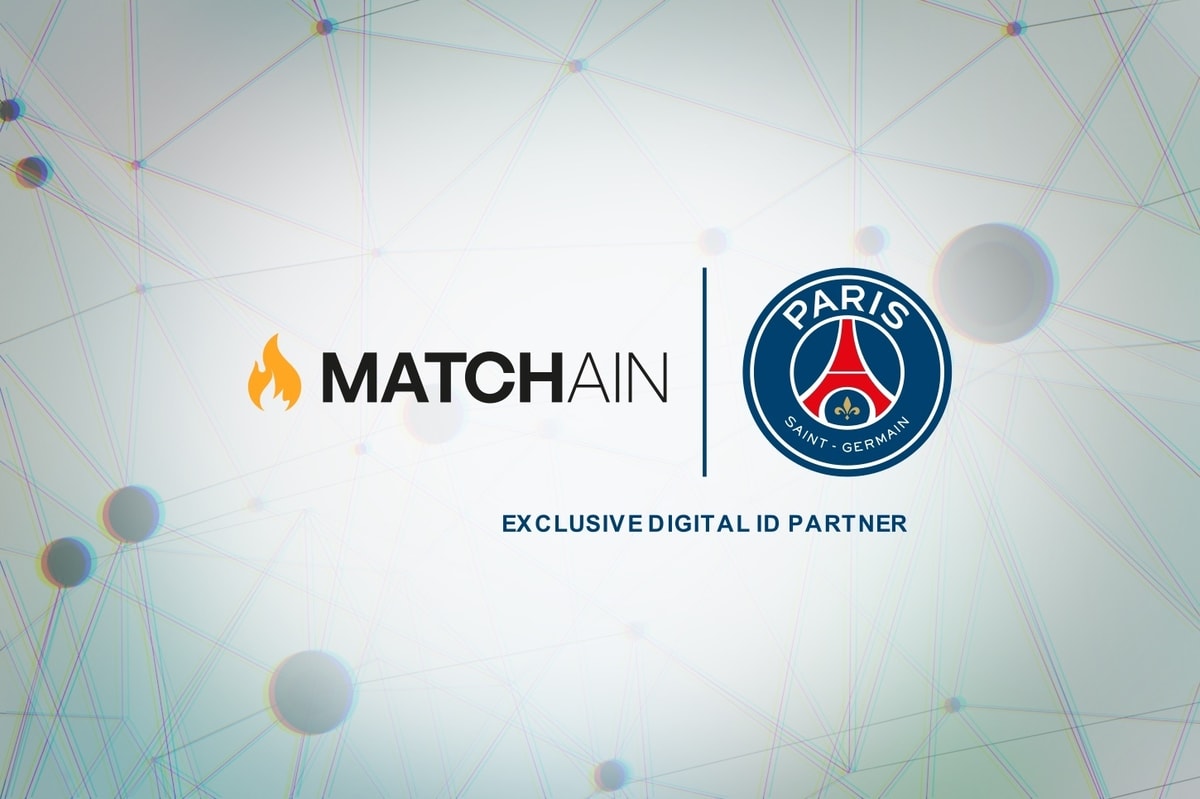Synthetic assets are the turning point of DeFi market in 2021. Experiencing the development of decentralized finance since 2019 and witnessing the boom of nonfungible tokens since 2020, the market is currently looking for a new turning point for growth. Another type of asset that can be comfortably applied to the real world, with the ability of “tokenizing everything,” called synthetic assets, could be it.
Synths are the bridge connecting the crypto world and the real world, which can be used to mimic the assets that we are familiar with — cryptocurrencies, stocks, gold, commodities or derivatives — and can also serve as a tool that can combine one or more asset classes or derivatives. In other words, synths can fulfill the needs of the investors who are unwilling to hold the original assets for reasons.
The industry leaders of the crypto world, including Changpeng Zhao, CEO of Binance, and Qiao Wang, a top investor for crypto startups, agree that synths will be the answer driving the next wave of prosperity of the market.
Similarly to NFTs, which emerged as early as 2017 and finally gained recognition from market participants and experienced incredible growth after four years, synths flourished rapidly in the DeFi sector for two years and gradually became the key component of the current DeFi market. According to The Blocks, the total value locked under the category of Synthetic Assets, as of Feb. 12, 2021, has reached $46.3 billion, setting a new all-time high (see Figure below — data from March 27, 2021).
It is certain that the market is becoming increasingly enthusiastic about synths, based on the data. If we use DeFi as an example and look back at 2019, TVL in the whole DeFi space is only $2 million; within two years, the TVL has grown to more than $65 billion, with the current TVL under synthetic assets at somewhere between $3 billion and $4 billion. As we can learn from the incredible growth of DeFi from the beginning, it is definitely possible that synths could reach total issuance at a level of $1 trillion. Meanwhile, the market of synths is expected to become more competitive, and a synth project with its own edge can take the leading role of the market quickly.
Background of the current synth market and next wave of growth
Statistics suggest that the market size of unmet financial needs globally has reached $5.2 trillion. In contrast, the current market capitalization of DeFi is only tens of billions of dollars (more than $60 billion at the time of writing). Limitations of traditional finance, including geographical barriers, high transaction costs and limited liquidity, have brought huge opportunities for the rapid growth of DeFi market. In other words, compared to the original cryptocurrencies, synthetic asset tokens have a much higher potential for growth, and synths can be more easily accepted by the traditional financial market participants as well as new investors.
More assets are becoming available to be synthesized, both in quantities and in the number of categories supported, which is consistent with the booming trend of the DeFi market. The current popular projects in the field of synthetic assets include Mirror, UMA and Synthetix. In the meantime, we see new innovative projects like Kalata and Linear entering the market and gaining increasing popularity because of their comparative advantages.
Kalata, with its own advantages, is focusing on the best experience of synth trading
As a DeFi agreement initiated on Binance Smart Chain, Kalata is the backbone of synthetic asset issuance and transaction agreements, allowing anyone to gain on-chain experience to trade real-world financial assets at any place.
As for the core logic, there are similarities among Kalata, Synthetix and Mirror. The idea is to convert traditional financial products into cryptocurrency, allowing users to gain the equity of financial assets without actually obtaining them. However, Kalata supports more types of synthetic assets than Synthetix or Mirror does. Kalata is based on Binance Smart Chain, which brings lower gas fees and higher throughput. Therefore, compared to users of Synthetix and UMA that are still deployed on the Ethereum blockchain, Kalata users can more easily acquire high profits from synthetic assets equipped with liquidity, as well as high-quality user experience of all products. Moreover, with advantages offered by Binance Smart Chain, Kalata can generate synthetic assets from Binance USD (BUSD) and will further allow users to trade with zero slippage, no counter-party and unlimited market depth based on its advanced debt pool model.
What makes Kalata the next superstar among the synth competition?
Kalata’s highly efficient ecosystem is based on its native token KALA. For the users who participate in synthetic asset minting, the Kalata system will offer KALA tokens as rewards and stimulus. KALA tokens can not only be used as voting rights for the purpose of community governance but will also soon be applied to including the transaction fees on Kalata derivatives trading platform. The KALA token is based on the BEP-20 standard, with a total issuance of 200 million.
- 40% will be used to motivate users to mint synthetic assets.
- 20% will be used for private equity financing.
- 15% will be withheld by the founding team and early investors.
- 15% will be reserved by the foundation planned for future ecosystem development.
- 5% will be in the liquidity pool, enhancing market marking.
- 5% will be for business outreach and outside consulting.
Kalata uses a high-performance oracle to ensure consistency between synthetic asset prices and real-world asset prices.
When the price of a synthetic asset token is greater than the price of the oracle, the Kalata system will incentivize its users to mint synthetic assets (and destroy synthetic assets); users who want to destroy will pay KALA token as an agreement fee.
When the price of the synthetic asset token is lower than the price of the oracle, the system will exempt the agreement usage fee and incentivize with a certain amount of KALA tokens
With the economic model based on KALA tokens, Kalata can provide a lot of benefits to traders and liquidity providers, which is also a reason why Kalata can be another game-changer in the synth market.
It is reported that Kalata v1 will be launched on the BSC network in Q2 2021, supporting tokenized U.S. stocks. Since the United States stock market is one of the most popular markets where synthetic assets can apply, the launch of Kalata will impact the current projects in the synth field, such as Mirror Protocol.
For Minting Mechanisms, Kalata synthetic asset agreement allows anyone to lock in collateral to generate synthetic asset tokens, with a minimum value required as 1.5 times the values of synthetic assets.
For rewards and staking on the Kalata Exchange, a 0.03% fee is charged per transaction, and the fee enters the mortgage pool and serves as a reward for KALA token holders (once per week for each user). The reward amount will be based on any mortgagor’s shares to the total debt pool. Kalata users who conduct derivative transactions can also get rewards in KALA tokens based on the proportion of the transaction amount to the total transaction volume.
Kalata will likely become one of the biggest competitors of Mirror Protocol after launch. According to official statistics, Mirror Protocol has offered 22 types of synths including U.S. stocks of TSLA, MSFT, TWTR, BABA, GOOG, AMZN and GME, with a total TVL of $1.62 billion. Based on Kalata’s plan, it will offer on-chain asset synthesis for bulk commodities in Q3 2021 and will launch Kalata Exchange that supports derivatives trading with synthetic assets in Q4. Future development will be realized on Near and Ethereum blockchains. The launch and development of Kalata can drive another wave of popularity in the synths market.
Conclusion
Synthetic assets will be the future of cryptocurrency because synths are not only the counterparts of the traditional financial products but can also support finance from a higher dimension, indirectly making them available on-chain. For synths, 2021 will be very important. As the market capitalization of Bitcoin exceeds $1 trillion and the TVL in the DeFi scope aims for $100 billion, the development and popularity of synths will certainly continue growing, and we expect to see a similar exponential growth happening in the NFT market to happen in the synth field soon.
However, there are currently few competitors in the synth market. Whoever offers a good product that meets the demand of the current financial world will attract the market quickly. Investors should keep a long-term focus on the development of great synth projects such as Kalata.











